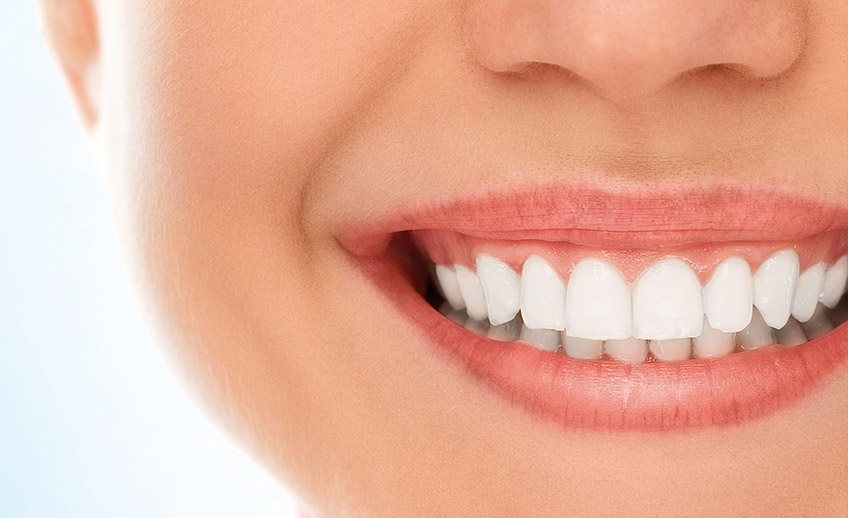Prosthetic dentistry includes the creation of a replacement that compensates the more extensive damages to a tooth crown, loss of one, more or all of the teeth (crown, bridge, dentures) or correcting the irregularities of colour, form and position of the teeth (aesthetic veneers, crown). The loss of one, and particularly the loss of a greater number of teeth, beside being an aesthetic disadvantage, is a functional disadvantage as well. Chewing forces are transmitted unevenly to the remaining teeth, and the adjacent teeth or teeth antagonists lean or grow into the free space and disrupt the harmony and normal function of the stomatognathic system. Therefore it is necessary to take the prosthetic care of every lost tooth on time. Prosthetic care, depending on the number and position of the remaining carrier teeth, includes the creation of a fixed, mobile or combined prosthetic work. Besides the teeth, a carrier can also be an implant.
By installing the implant, a wide range of implantoprosthetic solutions is available. The implant can replace one tooth as a single crown carrier, or a greater number of teeth within a fixed bridge. The installation of at least six implants in a completely toothless jaw enables us to create a fixed bridge. A mobile prosthesis can be anchored on the implants, too, and this is of particular importance in creating the lower total prosthesis. Strong alveolar bone resorption in the lower jaw often disables the creation of a satisfying lower total prosthesis. The installation of just two implants ensures the creation of an adequate prosthetic replacement, and provides a better quality of life for the patient. Based on a clinical examination, digital orthopantomogram, functional analysis and study models, a detailed plan of the prosthetic treatment is made for each patient. The final goal is to establish a normal chewing and speech function and to achieve the aesthetic harmony of the face.

